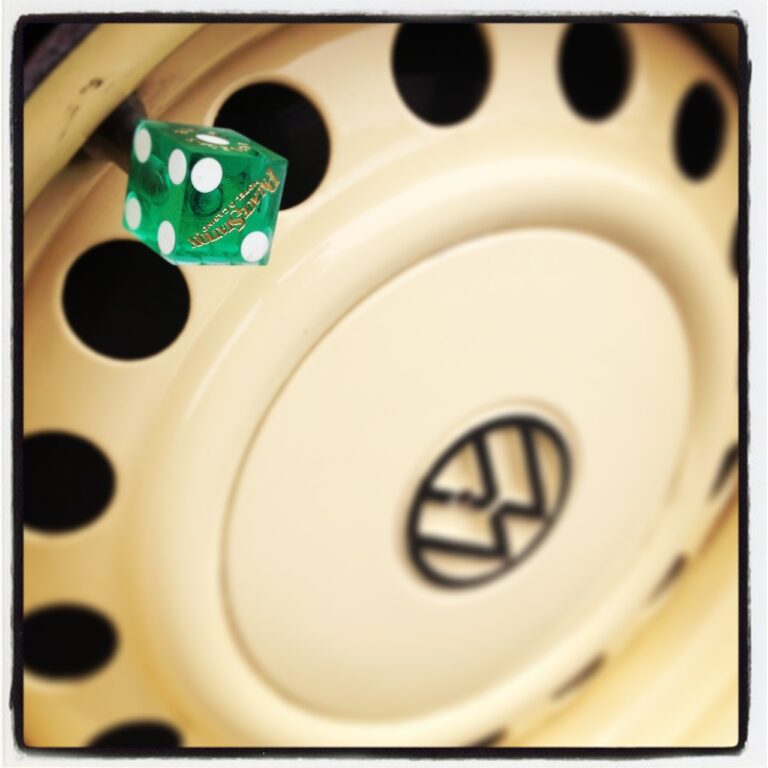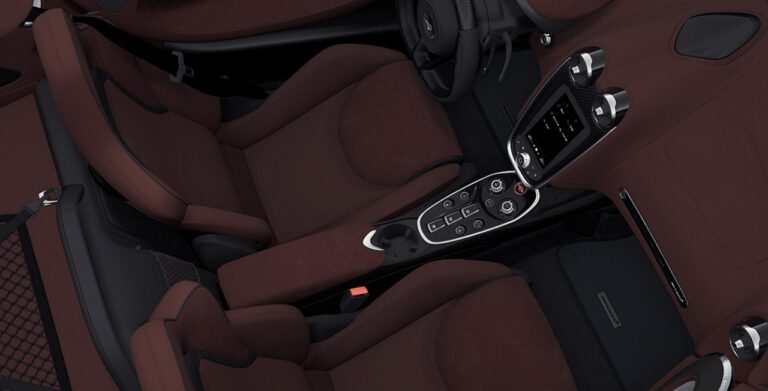The Best Practices for Proper Car Maintenance in the Fall
Leaves begin to change colors, transforming from vibrant greens to golden hues and fiery reds. The crisp morning air carries a hint of chill, signaling the approaching change in seasons. As the days grow shorter, nature prepares for the arrival of autumn, with animals gathering food and gardens slowing down their growth. Fall is a time of transition, where the world around us shifts from the vibrancy of summer to the coziness of winter. It is a period of reflection and preparation for the colder months ahead.
Checking Tire Pressure
It is crucial to keep an eye on your tire pressure as the seasons change. Fluctuating temperatures can cause tire pressure to drop, affecting your vehicle’s performance and fuel efficiency. To ensure your safety on the road, make it a habit to check your tire pressure regularly, especially as fall approaches.
Low tire pressure not only impacts your car’s handling but also wears down the tires unevenly, leading to a shortened lifespan. To prevent these issues, use a tire pressure gauge to check the pressure when the tires are cold. Refer to your vehicle’s manual for the recommended pressure levels and adjust accordingly. Remember that properly inflated tires provide better traction and contribute to a smoother driving experience.
Inspecting Brakes
When inspecting brakes, it is crucial to pay attention to any unusual sounds or vibrations while driving. Squeaking, grinding, or a pulsating brake pedal can indicate worn brake pads or rotors that need to be replaced promptly for proper functionality and safety. Additionally, a burning smell or fluid leaks under the vehicle may signal brake issues that require immediate attention from a professional mechanic.
Furthermore, it is essential to visually inspect the brake components for any signs of wear or damage. Check the thickness of the brake pads to ensure they are within the recommended measurement. Look for cracks or warping in the brake rotors, as well as any leaks in the brake lines or calipers. Regular brake inspections can help prevent costly repairs and ensure the brakes are in optimal condition for effective stopping power.





